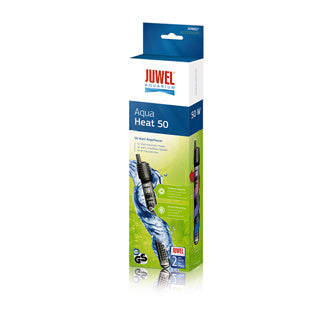- Regular price
- £9.00
The Bolivian Ram (Mikrogeophagus altispinosus) is a New World Cichlid that is popular in the aquarium trade due to its vibrant colours and relatively docile nature. They are often sold as community tank fishes but they need certain specific conditions to thrive. They can also be slightly aggressive though not as aggressive as some African Cichlids.
Origin:
It is endemic or found exclusively in the upper Rio Madeira basin in Bolivia and Brazil. Not much is known about the exact habitat of the Bolivian Ram but it is thought that they inhabit shallow waters with areas of dense vegetation and open spaces of gentle flowing water. They also like areas with flat rocks and natural caves during the breeding season. Their natural habitat consists of mostly sandy bottoms with a scattering of clean flat rocks. Almost 400 different fish species occupy these same habitats and the Bolivian Ram is used to being around other fish provided there is enough space to hide and swim.
Size & Appearance:
This isn’t a particularly large fish with adult males reaching a maximum length of 8 cm or 3.1 inches. It resembles other American Cichlids in body shape. It is quite the colourful cichlid with the front half a brilliant hue of yellow that fades to an olive green shade towards the rear. It has multiple vertical striations on its body with a thick band running from the top of its eyes to the bottom of its face being the prominent one. The third stripe is short and thick and almost appears like a spot. There are four other stripes that are often very faint. The fins are equally colourful with the dorsal and caudal fin ending in bright shades of red. The anal and pelvic fins also have similar edges while also having iridescent blue spots that give this fish a striking appearance especially under subdued lighting. The males are slightly larger and more colourful than the females.
Behavioural Traits:
The Bolivian Ram is a rather docile species by cichlid standards. It is not however recommended for all types of community aquariums. This is not due to its aggression. It will occasionally charge at other fish but will rarely bite or attack. It is more of a scare tactic. The reason it doesn’t do well in most community aquariums is because it is a poor competitor when feeding. So, when housed with more active fish, it will get outcompeted and can starve as a result. Fishes similar to it that don’t go after food aggressively are well suited to community life with the Bolivian Ram. It is a social cichlid and does well in groups of about 6-8 of its own kind. The group must have a mixture of males and females. They generally form breeding pairs and stay faithful to their partners.
Tank Setup:
Even though this fish stays small and individuals can be housed in tanks as small as 10 gallons, we recommend housing at least 6 of them together. Such a group would need at least an aquarium that is upwards of 30 gallons. If you intend to add other fish then this size goes up. Anything below 30 gallons will tend to stress the fish out. It also prefers a sandy and soft substrate as we will find out in the feeding section. Coarse gravel should be avoided at all costs as they can harm the Bolivian Ram. Larger rocks and stones can be used as decoration though.
Water Parameters:
This is one parameter because of which Bolivian Rams should not be mixed with old-world cichlids. Bolivian Rams prefer cooler water in the 20 °C to 28 °C range. They prefer slightly acidic water and while they can tolerate pH levels between 6.0 and 7.5, they do well when the pH is around 6.5. It also prefers water that soft to moderately hard.
Tank Mates:
Everything from Corydoras to peaceful tetras are perfect tankmates for the Bolivian Ram. Schooling fishes especially make them feel at home. This is because the Bolivian Ram will instinctively know that the presence of schooling fish means that there are no predators nearby. They come out and are generally more relaxed and comfortable. They should not be housed with territorial fishes or aggressive feeders. Fin-nippers should also be avoided as the long flowing fins of the Bolivian Ram can be seen as a tasty treat.
Diet:
The Bolivian Ram has a rather unique way of feeding. In its natural habitat, it sifts through the substrate and filters it out through its gills to get its food. While captive bred Bolivian Rams will readily accept most food, they do best when fed live food. If pellets are used then they should be of the sinking type as the Bolivian Ram does not like coming to the surface for its food. Wild caught Bolivian Rams will initially refuse pellets and flakes but with time even they will start accepting these types of food. This sifting-through-the-substrate behaviour is what necessitates a soft substrate at the fish can choke on small pieces of gravel.
Customer Service
Customer Service
Post your customer service details here.
Return Policy
Return Policy
Post your policy conditions details here.










